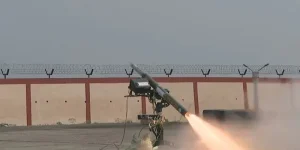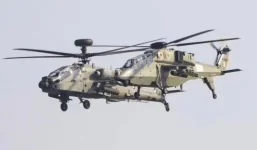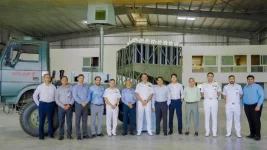- Views: 1K
- Replies: 5
The Indian Army is taking a significant step to enhance its operational capabilities in desert and semi-desert environments by procuring 10,276 Multi-Spectral Camouflage Nets (MSCN).
This procurement, initiated through a Request for Proposal (RFP), aims to equip critical military assets such as tanks and radars with advanced camouflage technology, enabling them to evade enemy detection across multiple electromagnetic (EM) spectrum ranges.
These MSCNs are designed to provide comprehensive concealment for vital military equipment in hostile environments. They go beyond traditional camouflage by minimizing detectability from various enemy surveillance systems, offering a tactical advantage in both offensive and defensive operations.
Here's how MSCNs provide multi-spectral concealment:
- Visual camouflage: They blend seamlessly with the surrounding environment, hiding equipment from direct sight.
- Thermal signature reduction: They conceal heat signatures that could be detected by thermal imaging devices.
- Radar cross-section reduction: They minimize radar reflectivity to avoid detection by enemy radar systems.
Durability is also a key factor. When stored in a sealed condition, the nets and their support systems have a guaranteed lifespan of 10 years.
Once deployed, they are designed to withstand 150 handling cycles or up to seven years of use, whichever comes first. This robust design ensures the practicality and longevity of the equipment for field operations.
By equipping its forces with these advanced camouflage systems, the Indian Army aims to maintain a tactical edge in critical operational environments.



